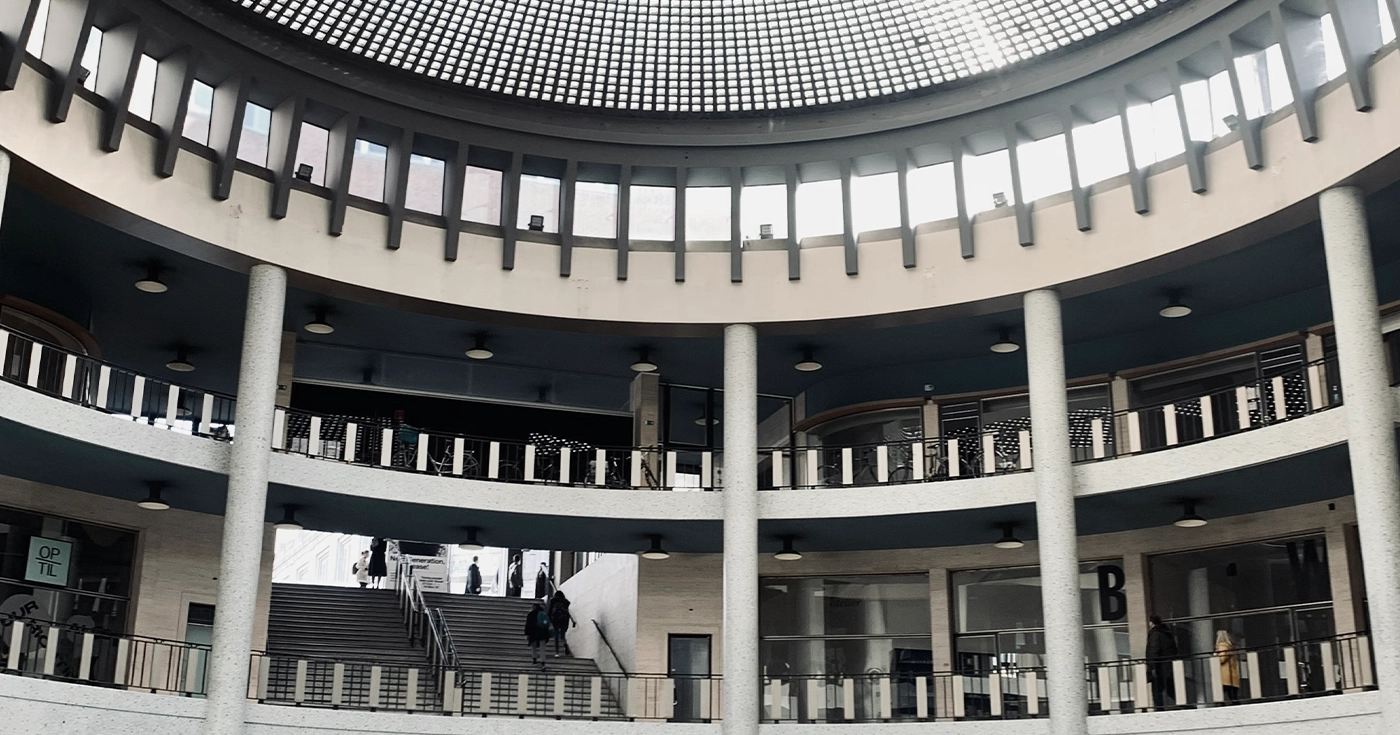
Shopping Centers and Their Effect on Property Value
Last Updated on 27 October 2025 by Equipo Urbanitae
The economic landscape, and especially the real estate sector, is currently in a recovery phase following the pause caused by the pandemic. Within this context, the retail sector has been one of the best at rebounding, with a 45% year-on-year increase in investment volumes according to CBRE’s Q2 2025 report. After years marked by competition from e-commerce and declining foot traffic in physical stores, consumption has picked up, and shopping centers are returning to activity levels close to pre-pandemic times.
The commercial sector is a driver of the national economy, contributing over €15.3 billion to GDP, around 1% of the total, and generating, according to the Spanish Association of Shopping Centers (AECC), 885,613 jobs through 589 shopping centers and retail parks. These numbers are expected to grow in the last quarter of the year with 10 new openings forecasted: six in Andalusia, one in the Valencian Community, one in Asturias, one in the Region of Murcia, and another in the Canary Islands, specifically in Tenerife. The sector’s importance to the country’s productive fabric is clear. However, its influence is not limited to this—it also impacts real estate. But how exactly do shopping centers affect the value of nearby properties?
The Impact of Shopping Centers on Surrounding Areas
Currently, shopping centers are usually built in rehabilitated urban areas (as part of urban regeneration projects to revitalize deteriorated zones), on large flat plots (to accommodate both the main building and parking areas), and especially in **suburban or urban sub-center areas, where land prices are more affordable than in city centers. In this sense, one direct consequence of building a shopping center is the increase in property values in the area.
Property prices are influenced not only by factors like size or quality, but also by location, and therefore the availability of nearby services: shopping, access to supermarkets, or nearby dining options without investing much time is one of the key attributes considered by those looking for a new home, whether for purchase or rental.
This trend can be observed, for example, in Madrid, where several recent projects have transformed land values. Two of the most popular shopping centers in the Community illustrate this: Oasiz, located in Torrejón de Ardoz, and X-Madrid, in central Alcorcón.
At the end of 2021, the Oasiz shopping center in the Soto de Henares neighborhood (Torrejón de Ardoz), 33.6 km from Madrid, opened its doors. That same year, the average price per square meter was €1,830 according to Fotocasa. In the months following the center’s launch, the area began to experience a sustained price increase, reaching €2,252/m² currently.
Another example is the X-Madrid shopping center, whose inauguration in 2019 marked a turning point for the surrounding area’s property values. Located in the Parque Oeste neighborhood (Alcorcón), 16.9 km from the capital, the price per square meter at the time was €2,687/m². Since its opening, housing prices have steadily increased, reaching €3,250/m² by the end of 2024.
This upward trend in prices reflects a nationwide pattern and is not solely due to a single factor. However, according to market consensus, the presence of shopping complexes does contribute to property value increases and can even act as a catalyst influencing new developments. The reasons are varied:
- The abundance of services now available in the neighborhood, both daily-use services like supermarkets or pharmacies, and leisure options such as kids’ areas, clothing stores, restaurants, and cinemas.
- When a shopping center is built in a location far from the urban center, it is often accompanied by improved transport infrastructure, which facilitates access and enhances connectivity with the rest of the city via new bus routes, metro lines, or roads.
- In towns near the borders with neighboring countries (France and Portugal), shopping centers serve as a magnet for consumption tourism. For instance, Badajoz, Huelva, and A Coruña attract thousands of Portuguese visitors monthly due to more affordable fashion and supermarket options than in their home country.
Urbanitae’s Investment Focus on the Retail Sector
The commercial sector offers multiple advantages for investment, such as an average return of nearly 10%, 3 points higher than residential properties (6.9%) or garages (6.2%). However, the retail sector has traditionally had high entry barriers due to the need for substantial initial capital to acquire the assets.
Although REITs (socimis) can be a good alternative for some investors, in reality, they lose much of their ability to choose the type of properties or the duration of the investment.
As a response, Urbanitae, a leading real estate crowdfunding platform in Spain, allows users to invest in these types of assets from €500. The rationale is simple: commercial assets, such as retail spaces, business centers, or shopping complexes, typically offer long-term lease contracts with recurring dividends, especially in prime locations, making them an excellent choice for investors with a medium-term horizon who are interested in a stable income stream.

